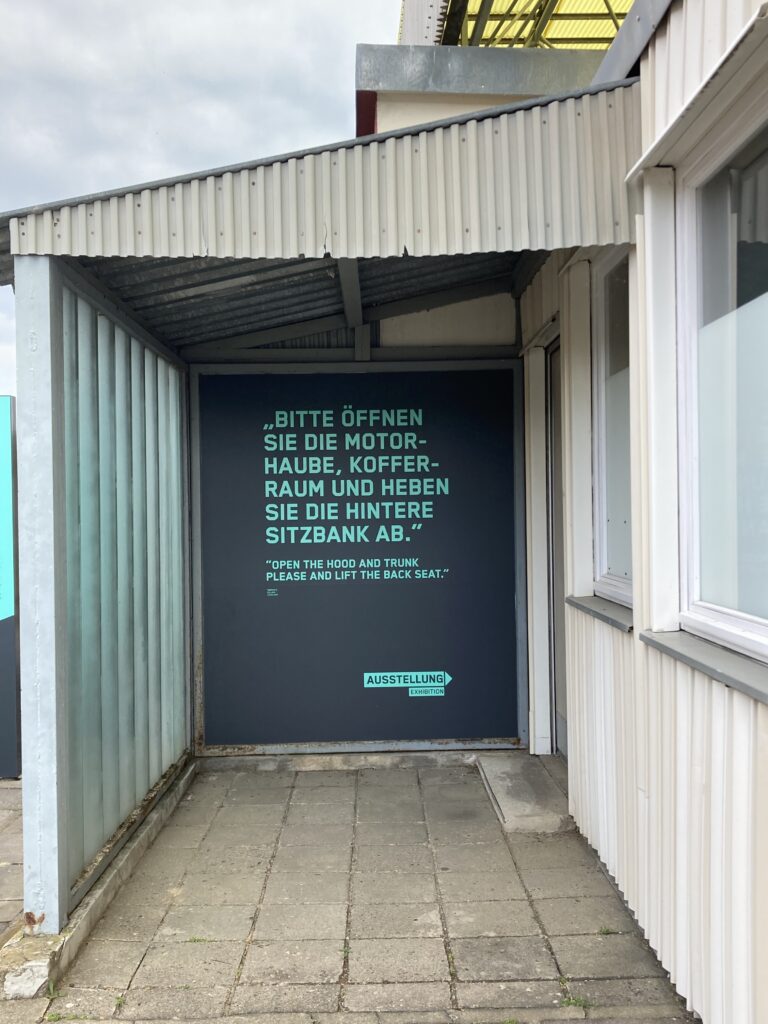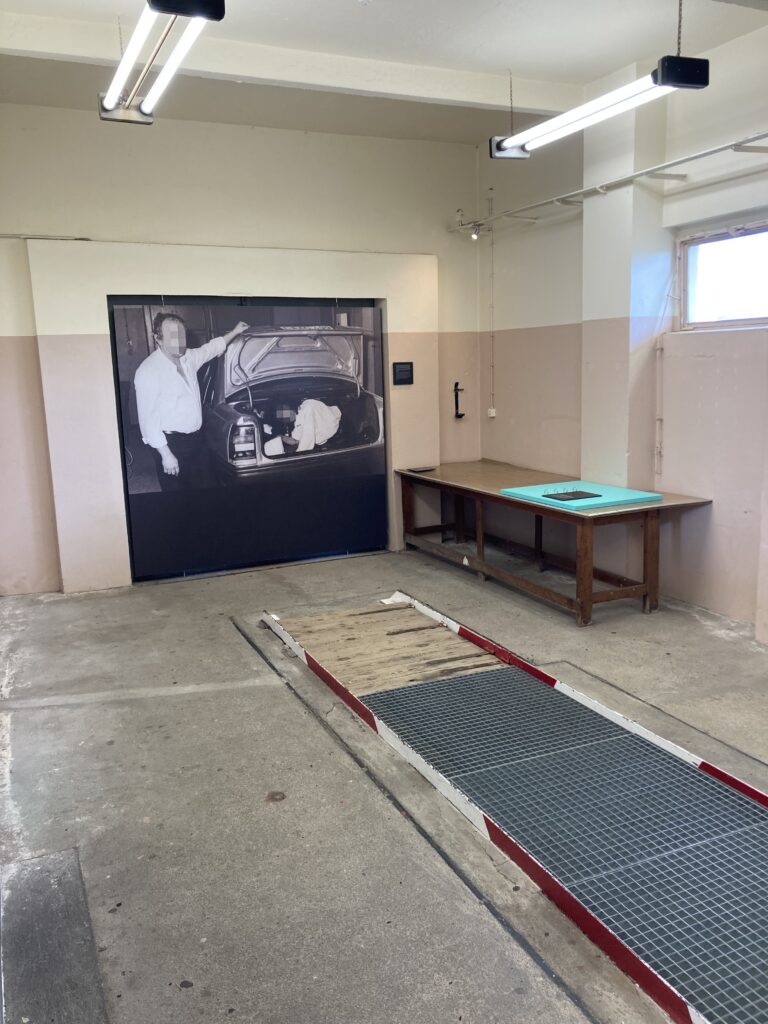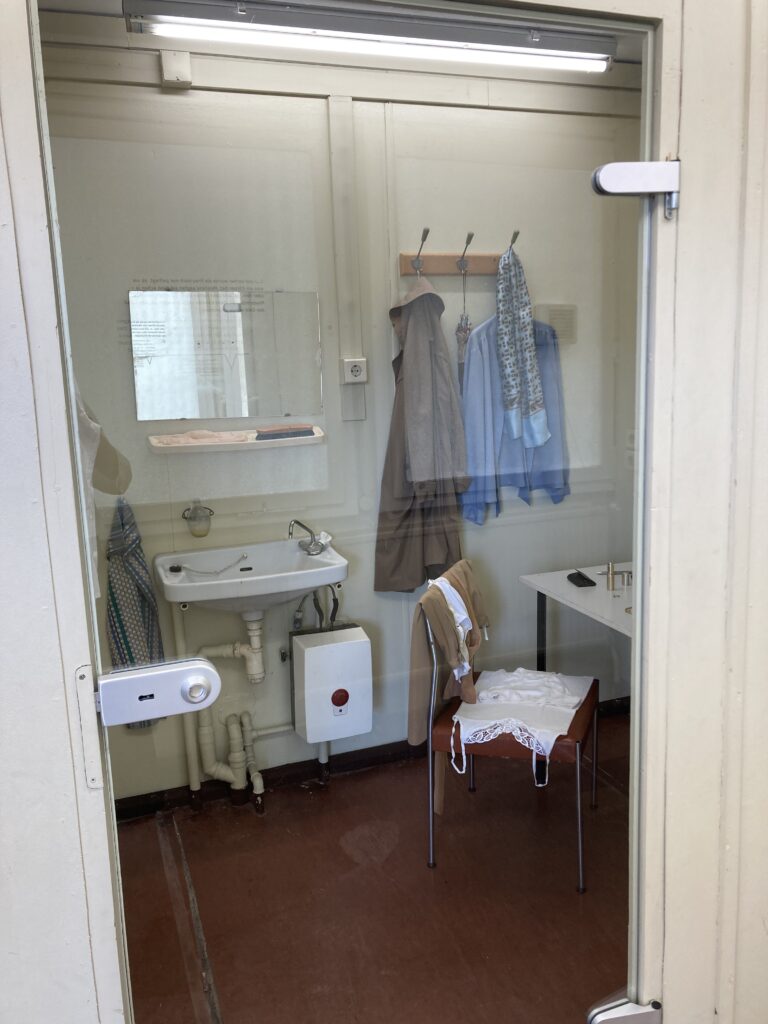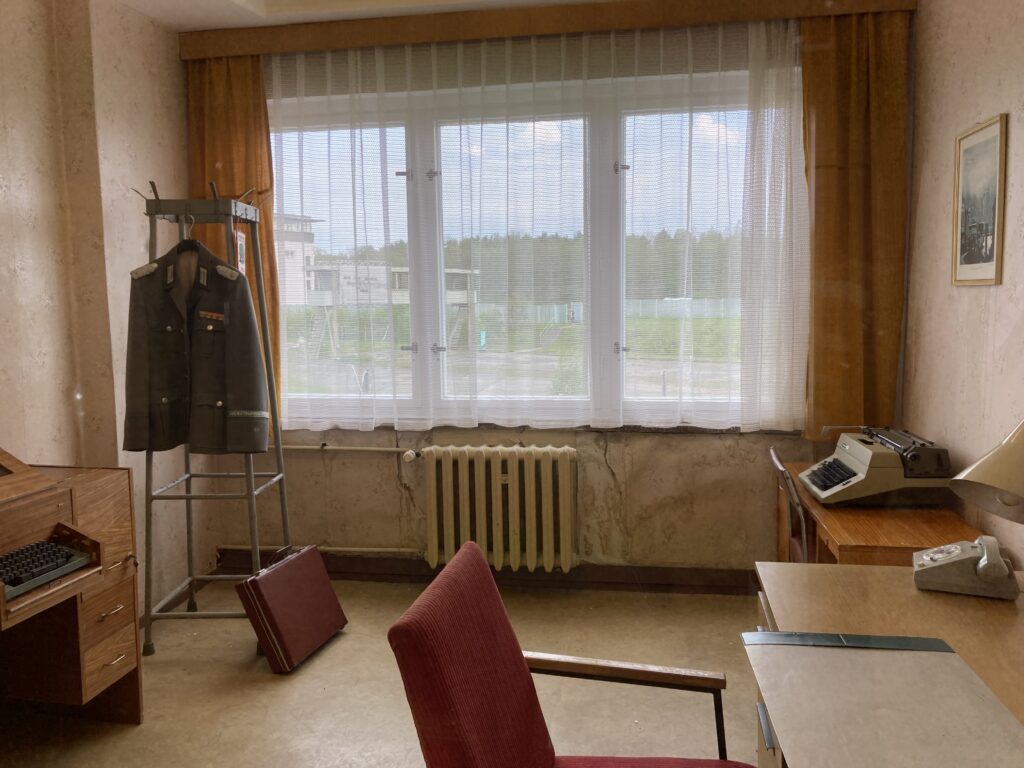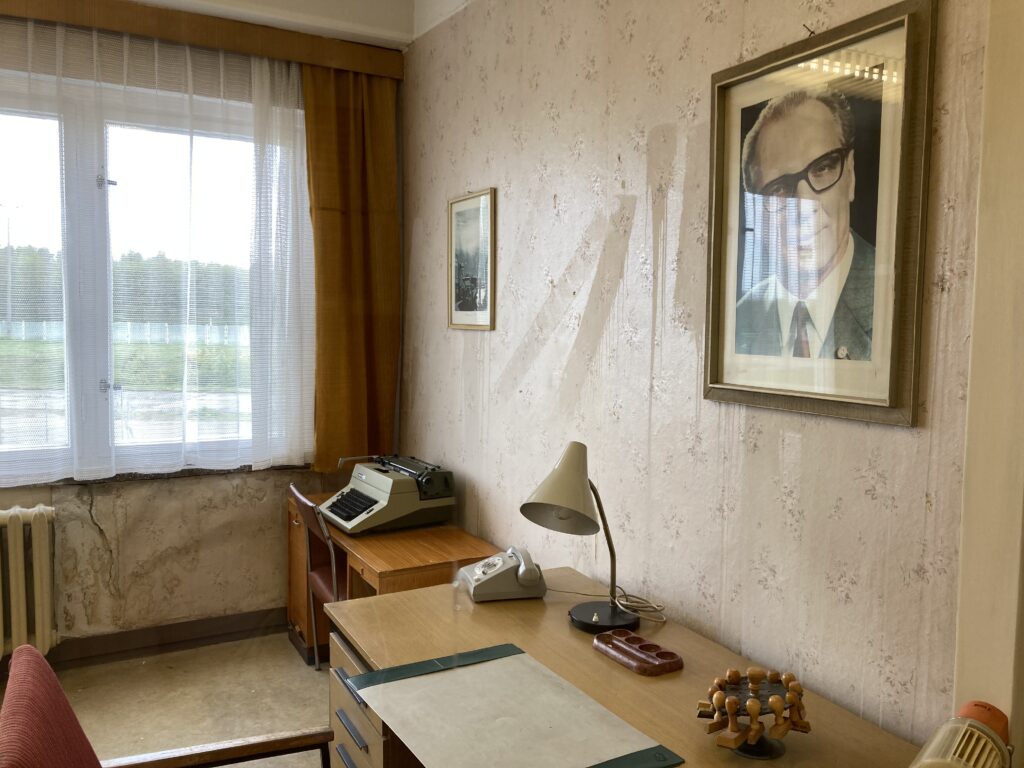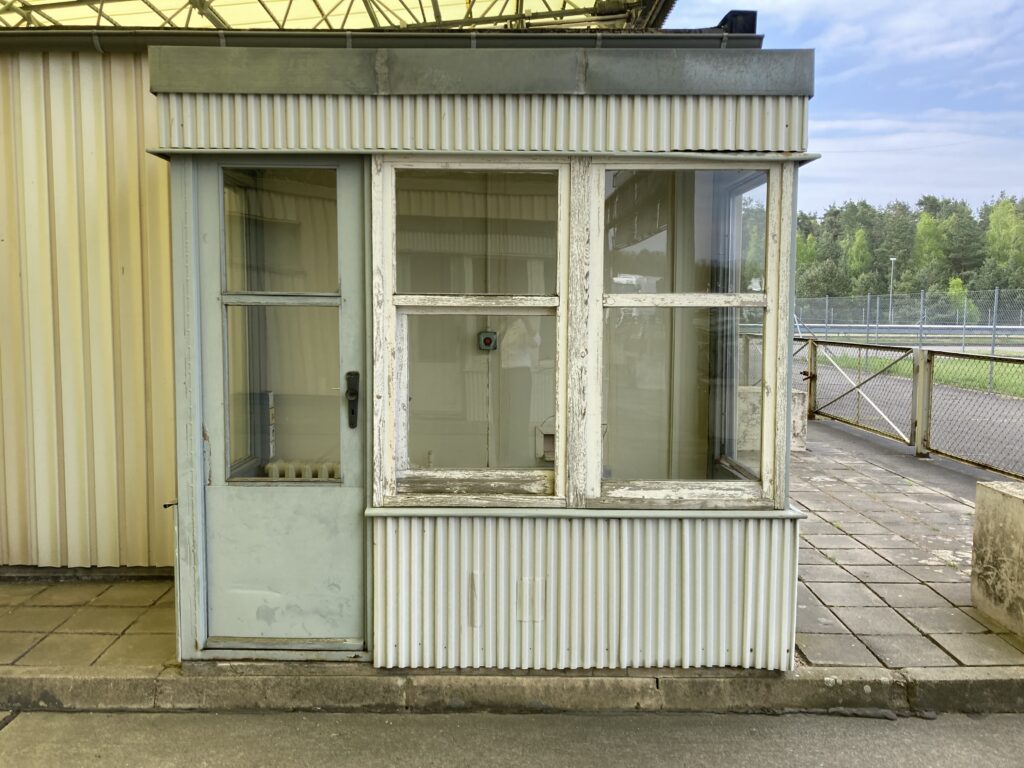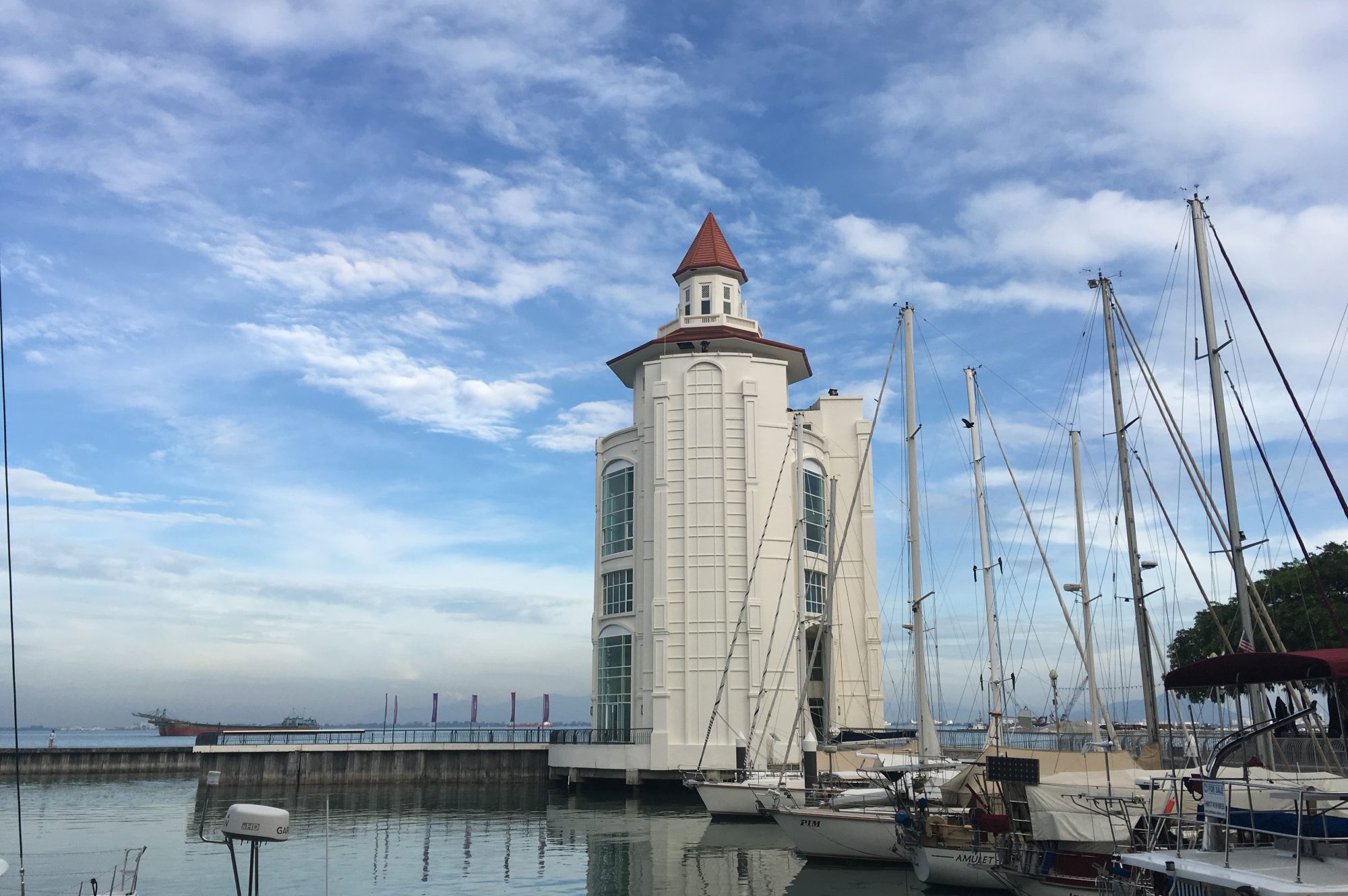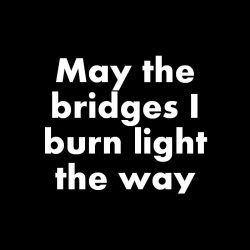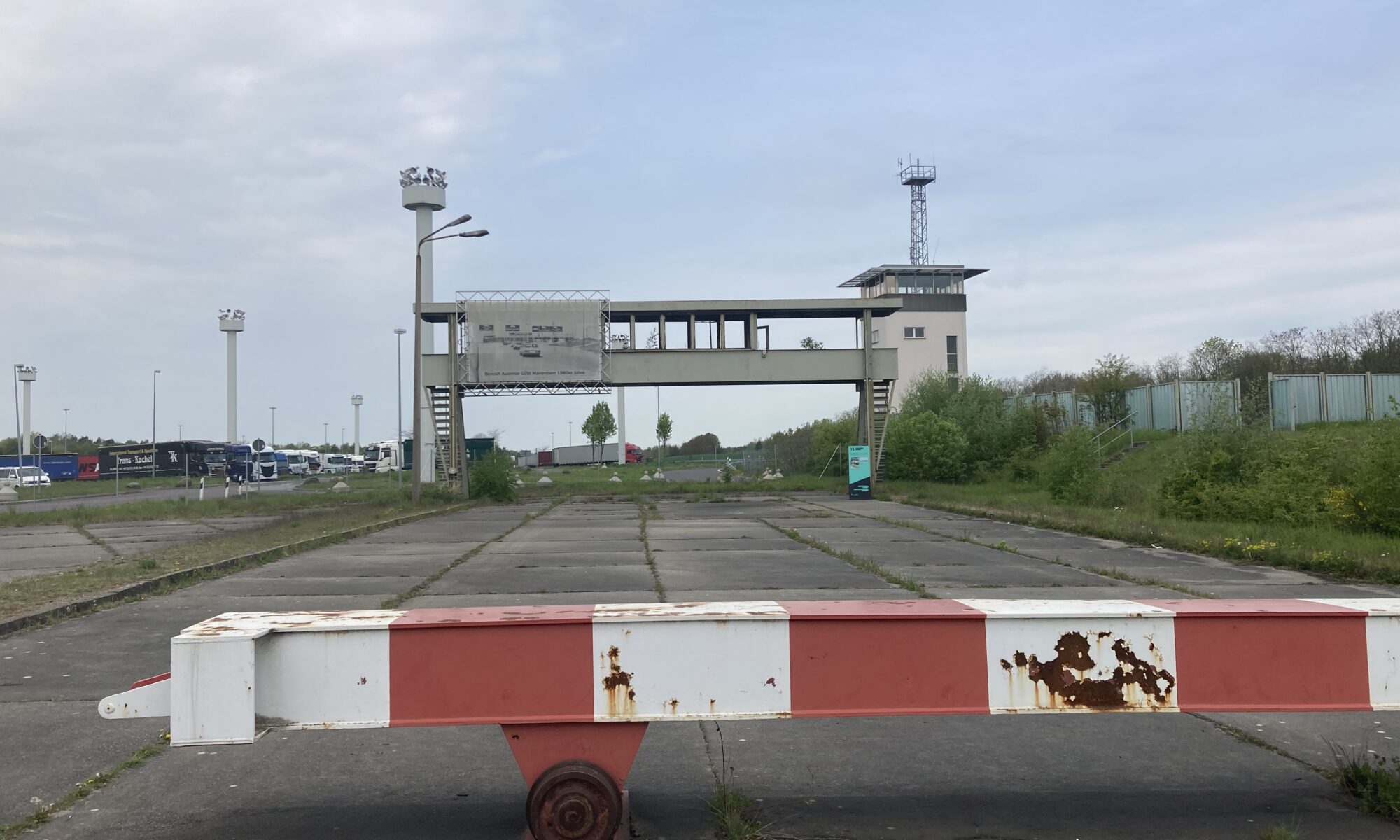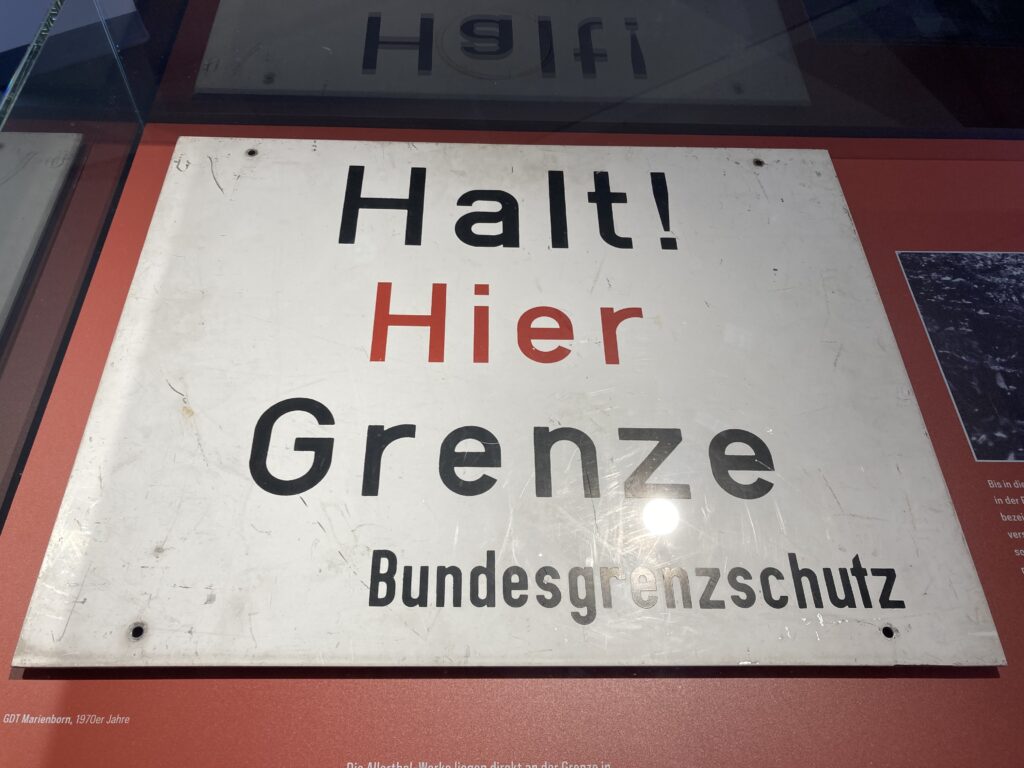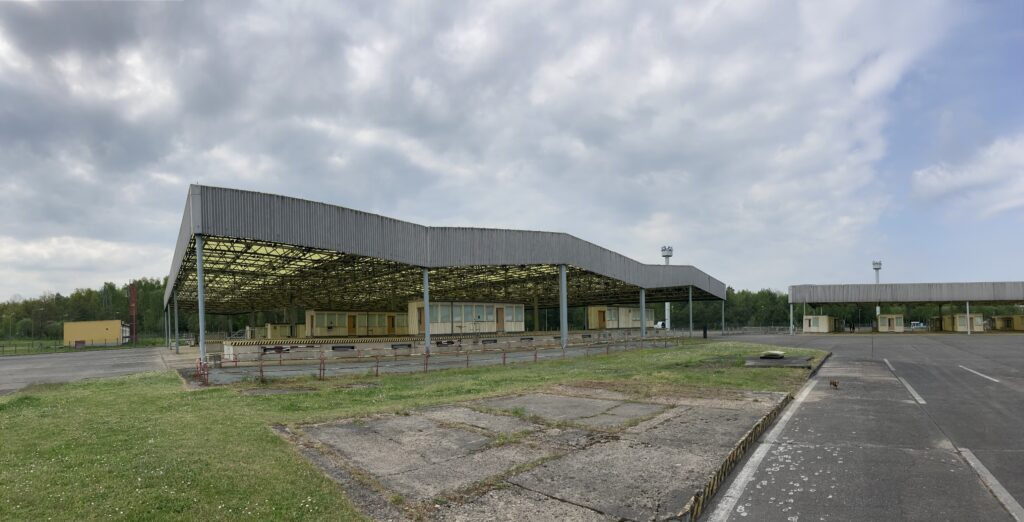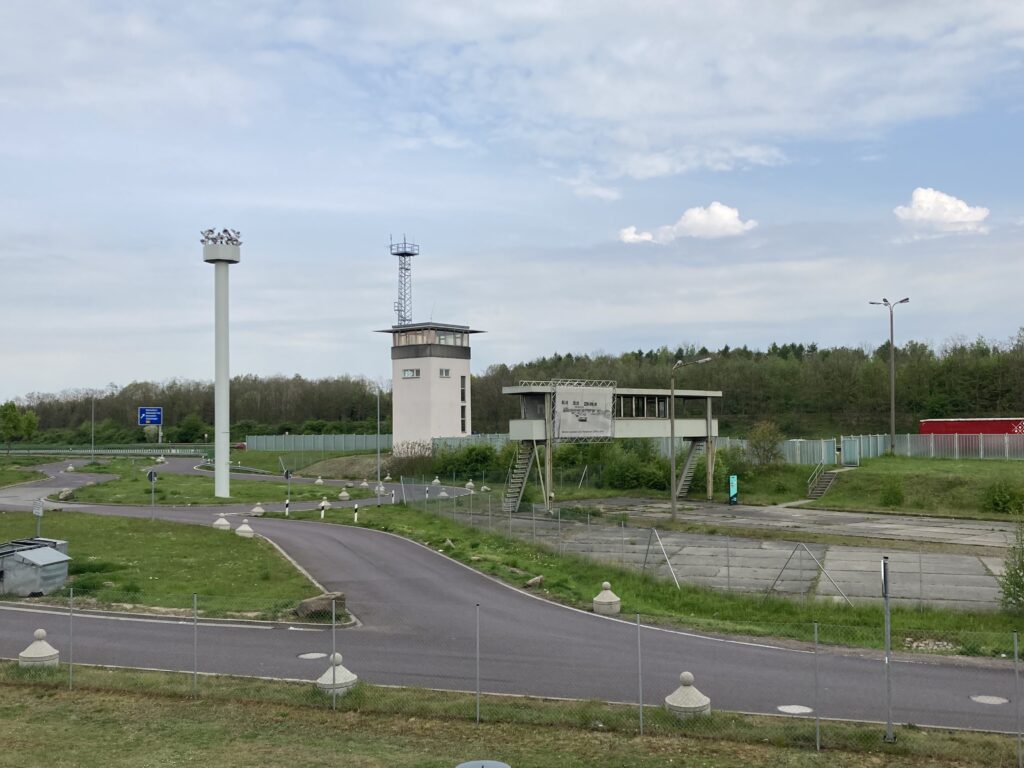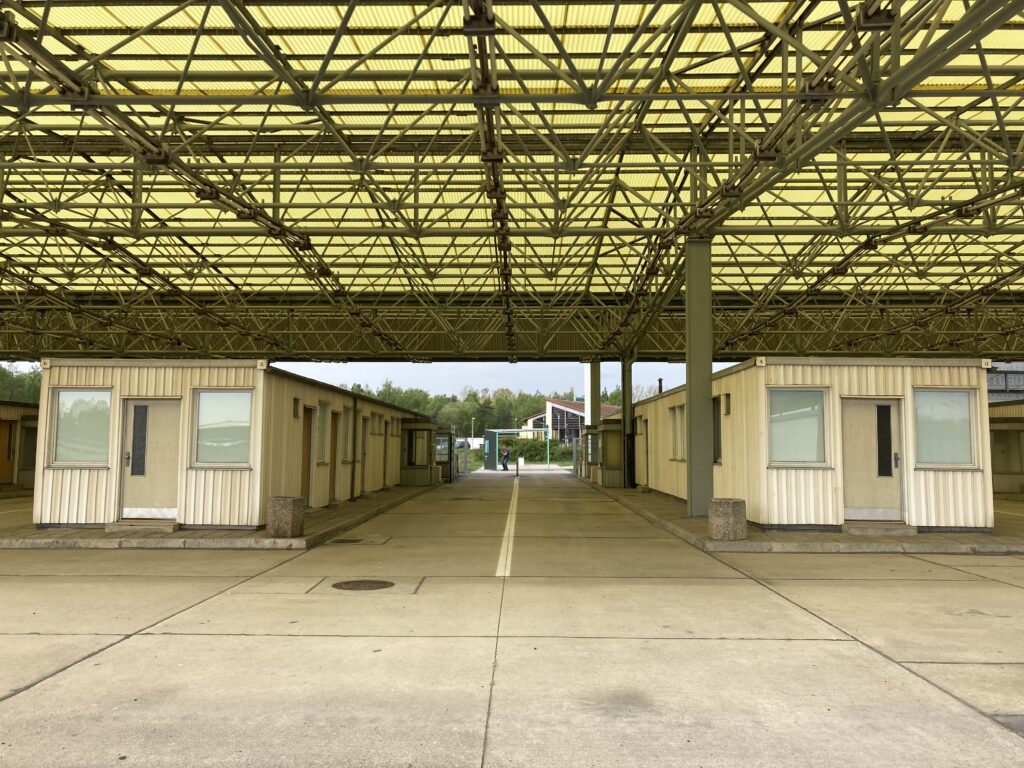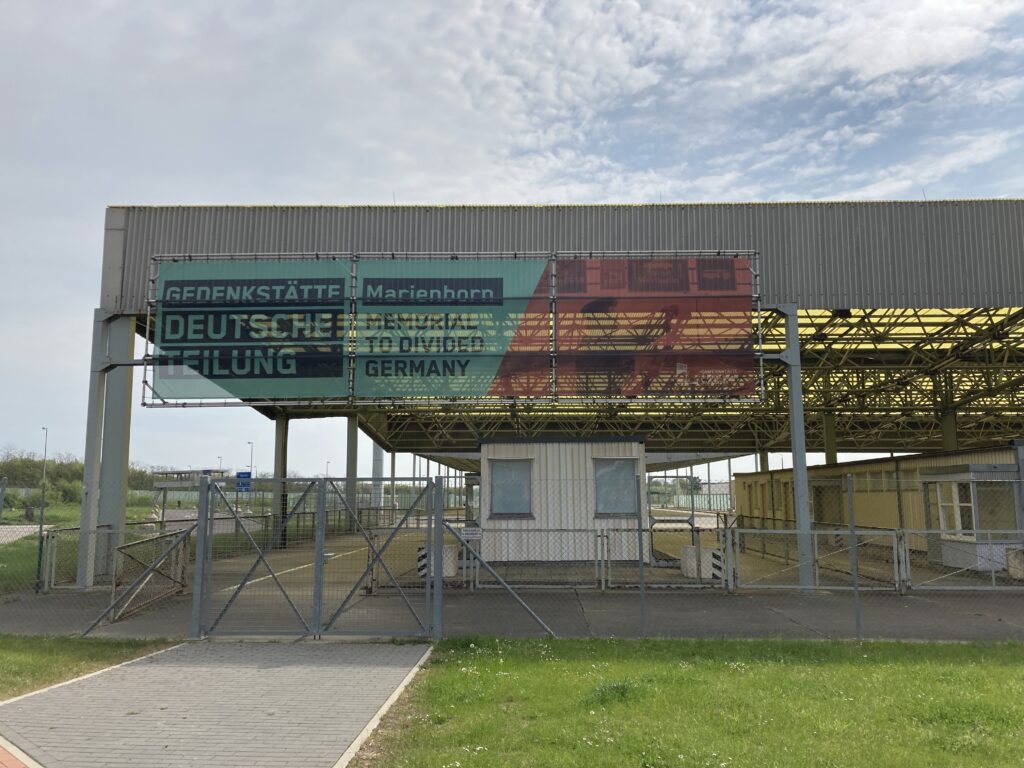While everybody must have hear about Checkpoint Charlie in the center of Berlin, labeled after the third letter of the NATO phonetic alphabet, what about the first two letters of it?…
There were two more main border crossings between East and West Germany during the Cold War. Checkpoint Alpha was the largest and most important border crossing between East and West. It was the shortest (170 km or 110 miles) and route between West Germany & West Berlin, and the main travel route from West Germany to East Germany, Poland and former Czechoslovakia. The border crossing existed for 45 years, from 1945 till 1990. Its western side at Helmstedt (in the former British zone) was labeled Checkpoint Alpha, after the first letter of the NATO phonetic alphabet. The eastern side at Marienborn was unimaginatively christened “Marienborn border crossing point”.
The other two were Checkpoint Bravo at Dreilinden, Wannsee in the south-west corner of Berlin and the already mentioned Checkpoint Charlie in the middle of Berlin.
The nomenclature of “checkpoint“, as opposed to the East German “Grenzübergangsstelle” (which literally means “border-crossing-point“) was a result of the Western Allies not recognizing the legitimacy of East Germany as a state. That changed in 1973, when the GDR was admitted to the UN, but the term remained in use.
Checkpoint Alpha was established on the demarcation line between the British and Soviet occupation zones on the 1st of July 1945. It included the interzonal railway and motor vehicle traffic on the Reichsautobahn between Hanover and Berlin. The first checkpoint buildings were just temporary wooden shacks. The border was initially manned by the UK Royal Military Police and the USSR Group of Soviet Occupation Forces In Germany.
Starting with 1950, the East German Border Police (or Grenzpolizei, later renamed to the Grenztruppen der DDR) performed the border control on the Eastern side of the checkpoint, and the Soviet Army escorted NATO military traffic to and from West Berlin. Due to the escalation of the Cold War, the border crossing was extensively expanded and security was increased during the following years. Even with these reinforcements the original checkpoint was eventually regarded too unsafe and between 1972 and 1974 the GDR built a new control facility on a 35-hectare (86-acre) field situated on a hill near Marienborn, about 1.5 km (1,600 yards) east of the border. The control facility was staffed with as many as 1,000 passport control, customs, and border police employees. The buildings were linked with a tunnel system, through which military or police units could reach the control portal quickly and secretly.
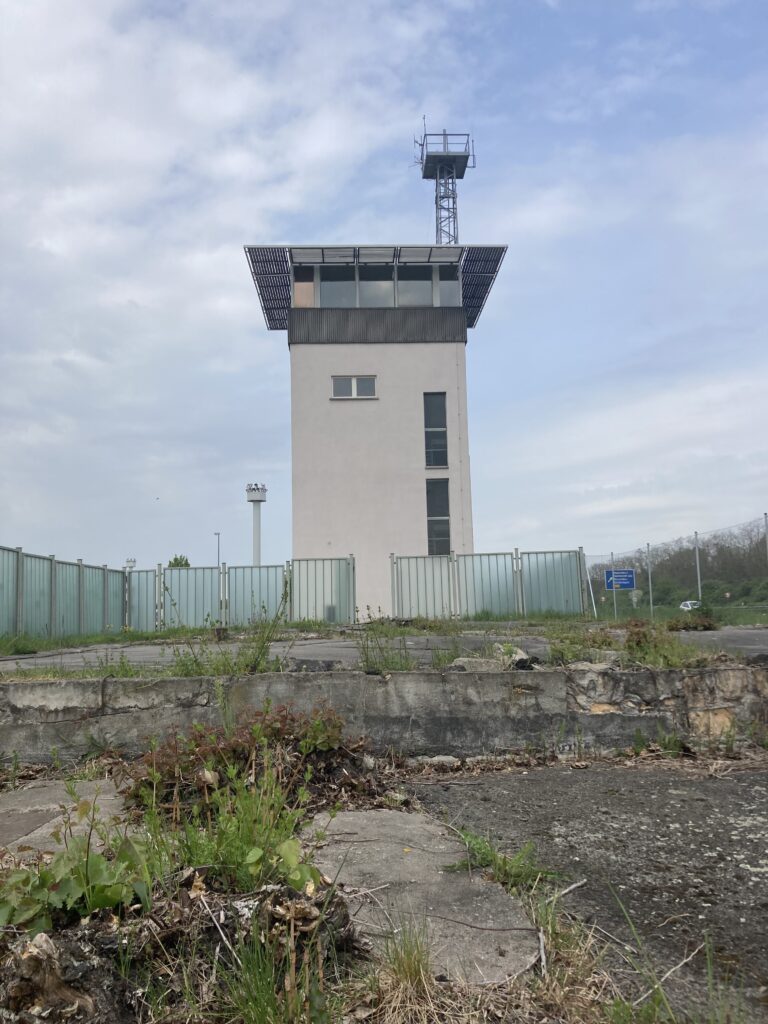
Ironically, it was during the early 1970-es that my parents both served at Marineborn border crossing point (Eastern side) – Mom as an interpreter to high-ranking military staff (few of whom spoke anything but Russian), Dad as part of the Soviet military personnel checking NATO military traffic. Throughout my childhood they both referred to this time as “when we lived in Germany” without providing any further details. It was only when I grew up, visited Berlin and the Berlin Wall memorials for the first time, realization dawned on me, that my parents were part of the Group of Soviet Occupation Forces In Germany referred to in all literature about the period…
Initially the control of their checkpoint on the Western side was with Western Allies, represented by small garrisons of French, British and American troops stationed in Helmstedt. Later, the West German Border Protection forces (Bundesgrenzschutz) had assumed control of the western side of the border crossing, where the buildings and facilities were notably smaller compared with their Eastern counterparts in Marienborn.
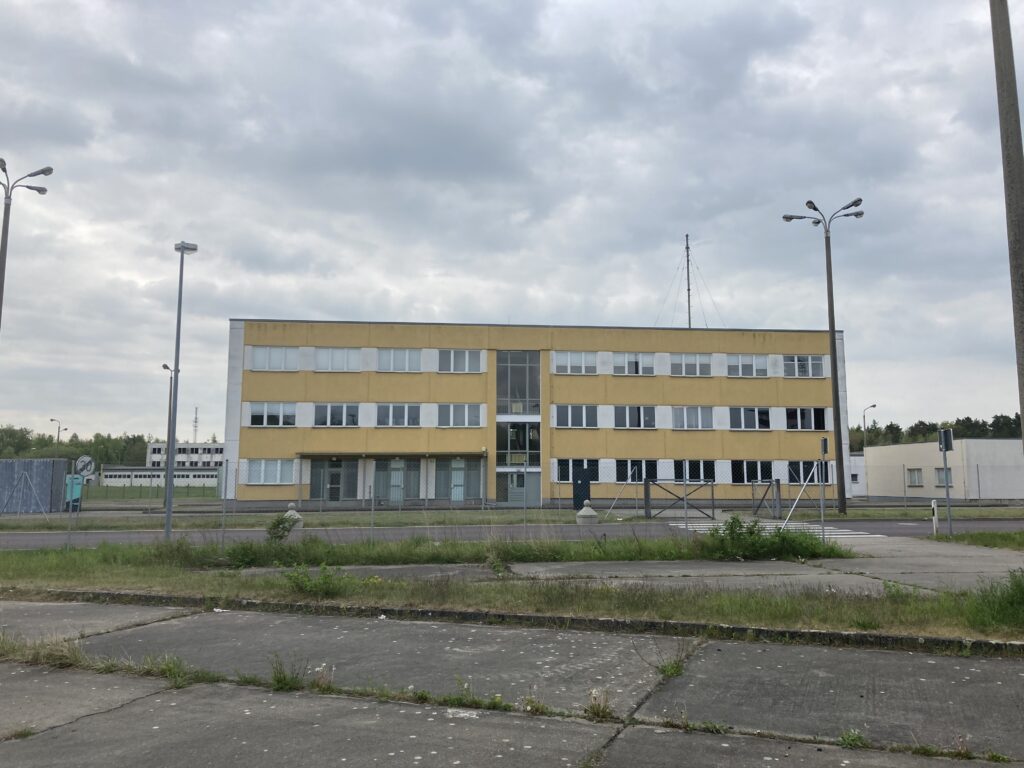
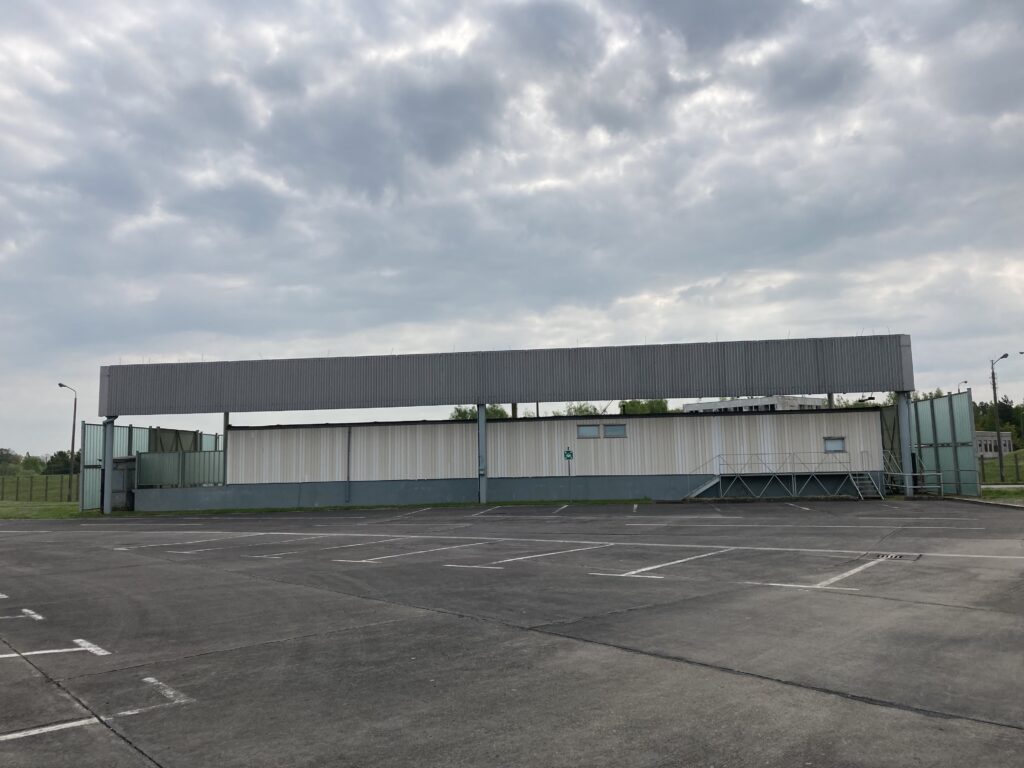
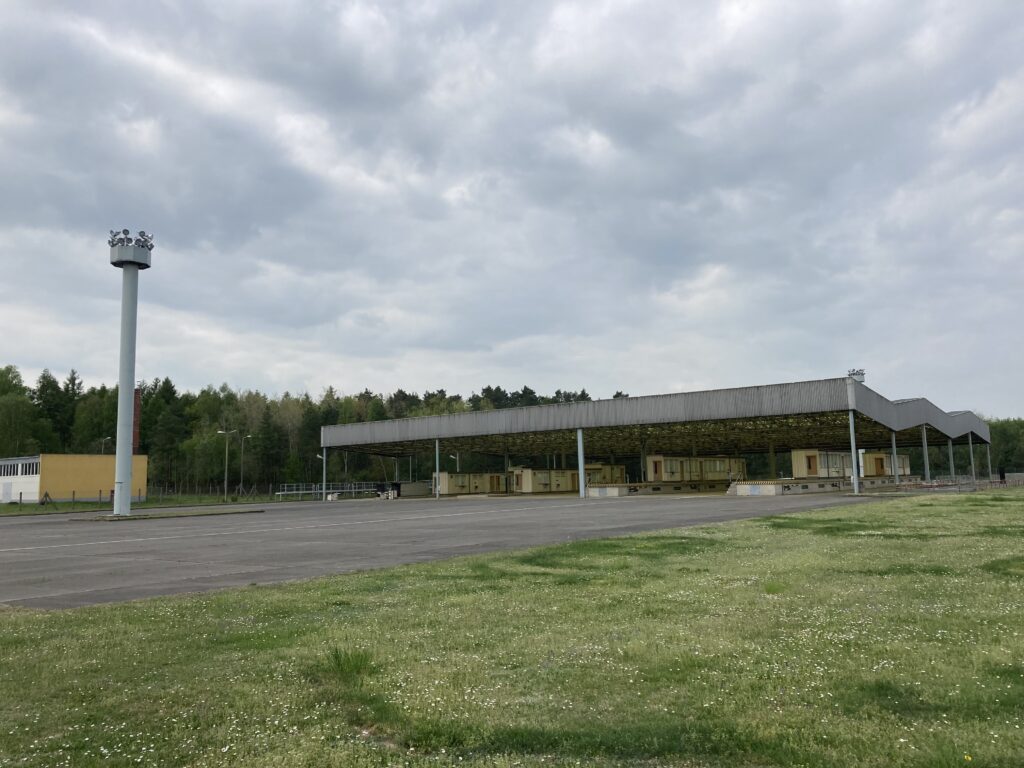
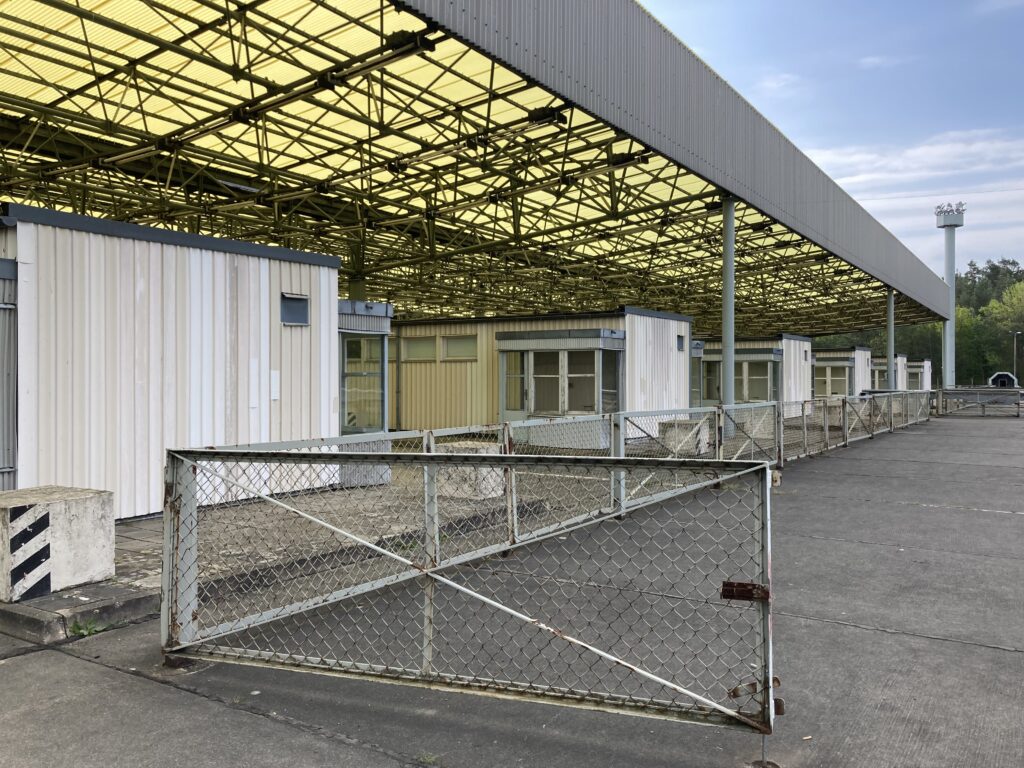
Checkpoint Alpha was notorious for lengthy waiting times on the West German side due to restrictive East German controls. The West German government was forced to add extensive car parks and rest areas on the autobahn approach to Helmstedt.
After the Reunification of Germany (known in Germany as the Wende) in late 1989 border controls were relaxed and at midnight on June 30, 1990, exactly 45 years after its first opening, the crossing was dismantled. The former GDR buildings have been a listed building since October 1990, however the former GDR departures area was demolished when the A 2 road was expanded to six lanes. A rest stop with a motel has now been built on part of the old GDR control portal’s area.
The rest of the East German part of the checkpoint is now part of the Marienborn Memorial to Divided Germany (“Gedenkstätte Deutsche Teilung Marienborn“), opened on August 13, 1996. The memorial of the reserved section of the border crossing features Soviet Allied Control, car and truck entry points, customs processing area, veterinary inspection, currency exchange, control tower, office building, and other technical functional areas. It is well marked on Google maps, is easily accessible via the nearby rest stop’s exit and can only be explored on foot.
The West German buildings near Helmstedt have either been demolished or are now used for other purposes.
